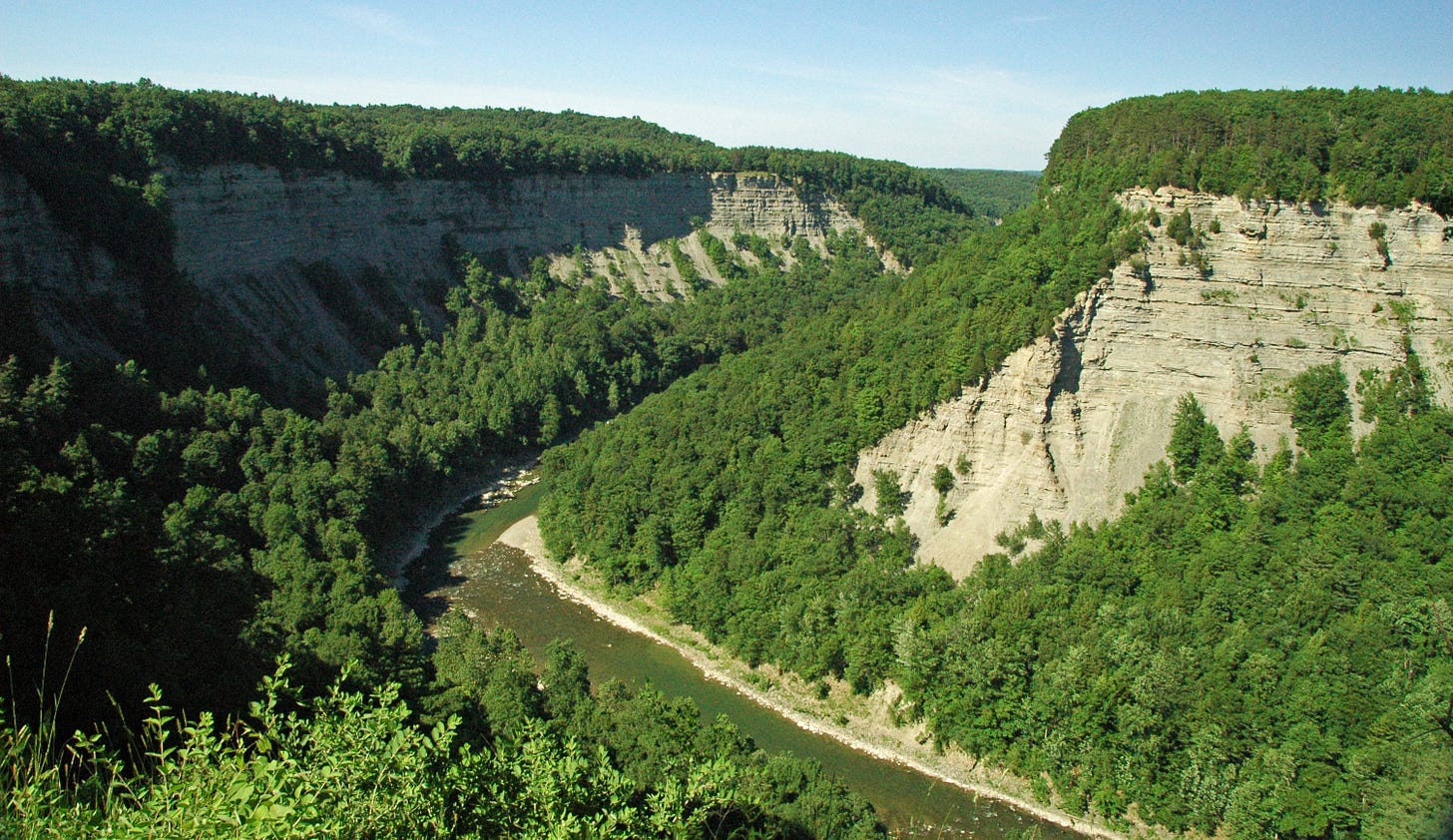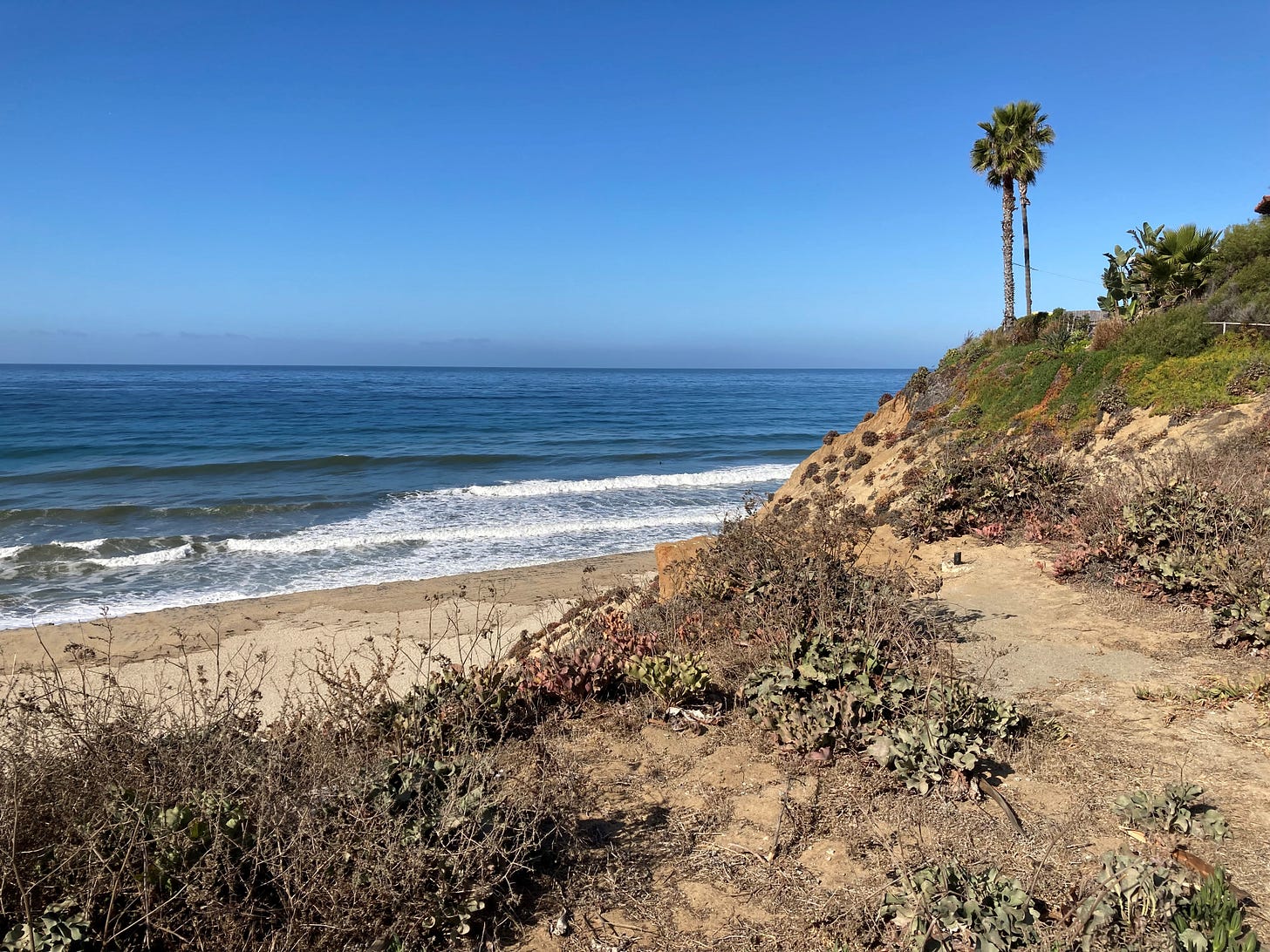
About a decade ago, I made my first cross-country drive through the United States. I was going to spend a semester on leave as a scholar-in-residence at Biola University’s Center for Christian Thought. Since we were planning to be away for several months, I loaded up the van with everything we would need, took along two of the kids, and set off for Los Angeles. My wife finished readying the house for our extended absence, then flew after us with the other three children.
I had never been out west before and had little idea what to expect. Those of us who grow up east of the Mississippi tend to think of the west as the new, young part of the country. As soon became clear, of course, that was deeply mistaken. Many things drove home my ignorance, but some of the most powerful reminders came on visits to the old California missions, of which San Gabriel was nearest to us. As it dawned on me that their establishment had been contemporaneous with the American founding, I realized that this country was much vaster and more diverse than I had truly understood before.
The cross-country drive offered similar lessons. Heading west, we took the southern route, cutting down through Missouri and Oklahoma, then driving across the Texas panhandle, and finally crossing the stark but beautiful landscapes of the Southwest. Several months later we all drove home together but this time headed north, driving through Utah—still among the most strangely gorgeous but also utterly desolate places I have ever seen—crossing the Rockies in Colorado, and heading across the plains before arriving in the more familiar scenery of the Midwest. Those drives were an education in themselves: What a huge country! What vast empty spaces! How varied the landscapes that different Americans call “home”!
I was reminded of those drives, and of the very different places that Americans call “home,” over a cup of coffee on Friday morning. I was in Escondido, California, just north of San Diego, visiting John Paul the Great Catholic University for the weekend together with my daughter. While she attended a session for prospective students, I stopped by a French bakery and café just down the street. (There is already something faintly ironic in that, I think—a French café in the American Southwest.) As I sipped my double espresso, I pulled a book out of my bag and began to read.
The book was one I wrote about recently, Arch Merrill’s Our Goodly Heritage, a collection of columns about the people and history of western New York. Here I was in southern California, where as we left the hotel that morning we had marveled at the cacti and the birds-of-paradise in bloom, where the palm trees climbed to the sky in all directions, and where if I stepped out the front door of the café and looked down the street to my left, I could see the mountain peaks in the near distance. And with all that around me, I opened up Merrill to chapter 12, “Father Rochester at the Four Corners,” to read his imaginary description of Nathaniel Rochester returning from the dead to gaze upon the city that had sprung up from the modest beginnings he’d established:
So this is what blossomed out of the mud and the fever-laden swamps. Tall buildings set among squat ones. Wide paved streets and broad sidewalks—but some of the old alleys left. What strange gay-colored carriages without any horses. What bustle and bedlam, sound and fury!
In place of this, I see a little settlement around the river and the falls, surrounded by forest. I see ox carts wallowing, hub deep in muddy lanes, teams hauling firewood, wagons with lumber from Allegany County, tan bark from Salina, wheat from the Genesee Valley, prairie schooners bound for Ohio and Illinois.
Those lines drew me up short and made me put the book down for a moment. The Rochester that Merrill describes is just over an hour from my own home in Allegany County, source of the lumber in that last sentence. I understand Merrill’s regional patriotism well. Western New York is an area of great natural beauty. The Genesee River flows through Allegany County up toward Rochester, winding among the hills that are the upper reaches of Appalachia, tumbling over some very impressive waterfalls in Letchworth State Park, where it winds through a deep ravine, the “Grand Canyon of the East,” on its way to Lake Ontario.

But I was reading Merrill wax poetic about this from practically the opposite end of the country, about as far away from western New York as you can get within the contiguous United States. And I was doing so in an area strikingly different but equally lovely. Southern California is stunningly gorgeous: from the pepper trees and jacaranda to the cacti and desert brush, from the San Gabriel and Laguna Mountains to the Pacific Coast shoreline, the landscape takes one’s breath away. Very different from Allegany County—but also beckoning the viewer and insinuating itself into the heart. I could readily imagine calling it home as well.
So there I was, sitting far away from home, feeling very much at home in what was not my home and reading in the pages of a 50-year-old book about what was my home. And I could not help asking myself: What is “home”? What makes a place home? And how many homes can a person have? (I could complicate the picture even further, since after dipping into the Merrill volume, I then read a chapter or two from Heidepeters Gabriel, by the Austrian author Peter Rosegger, describing another country where I feel very much at home… but I’ll stick to the United States for now.)
It would be rather absurd even to suggest that Escondido or San Diego, where I have been only a few times in my life, could be my “home.” Nor could a single semester spent in the greater Los Angeles area turn southern California into “home.” Home requires more familiarity, some roots, longevity. Physical place matters for creatures of time and space such as we are.
Yet I’m not quite prepared to abandon the call of home arising from not-home. Not simply because we can be at home in many places; nor even merely because we can readily imagine, with just a bit of mental effort, how others feel at home in places that are not our home and can think ourselves, as it were, into their domestic shoes. But even more because we are not only creatures of time and space. We also transcend them. And every time we sense the at-home-ness of another not-home, it is perhaps a small reminder that we are meant for the most real home of all, one that will summon up and transfigure all of the many places we now call home and will, somehow, contain them all.
For now, however, it is back to my current home. By the time most of you read this, my daughter and I will be checked out of our hotel and preparing to fly back to western New York. Not without a touch of wistfulness for the possible home of San Diego. But also with the delight of returning to what is, for now, our home. After we get there, I suppose, we can always read about the jacaranda and the cacti.




